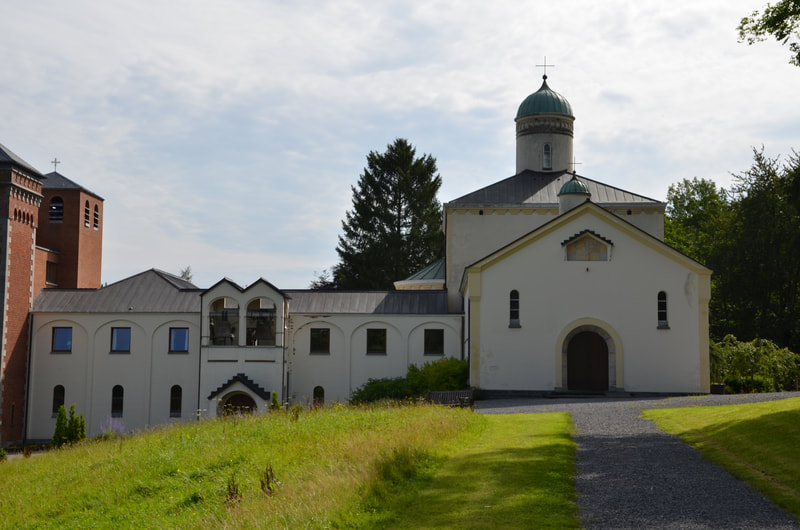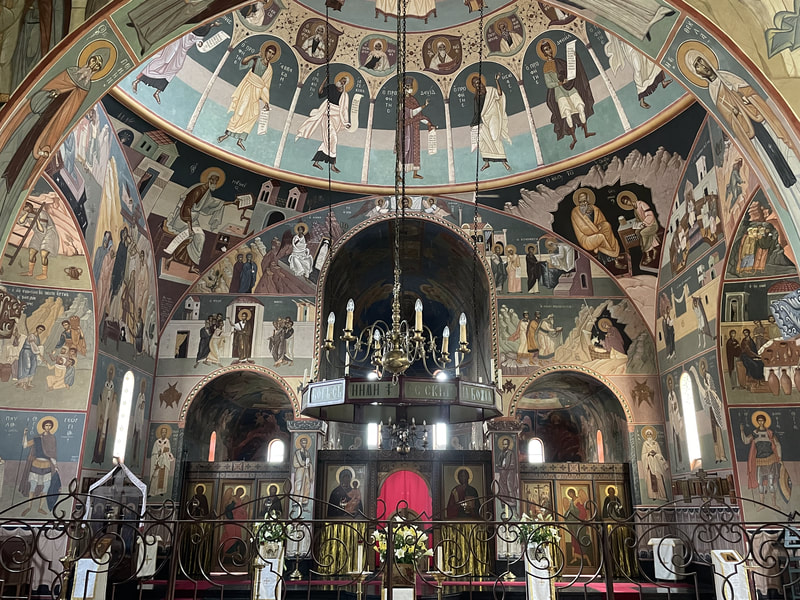Chevetogne Monastery
The castle, part of a complex of buildings, was first built in the mid-19th century by Charles Delvaux de Fenffe, the mayor of Chevetogne at the time. In the years 1903-1923 a Benedictine congregation lived here. Then, in the 1930s, the castle became a refuge for the Spanish Jesuits. Chevetogne Monastery was founded by Lambert Beauduin, a monk from Mont-César Abbey in Leuven, who moved here with his confreres in 1939. His meetings with the Christian East inspired him to found a monastery dedicated to Christian unity.
Dialogue between the churches of East and West
At present, at the southern end there is a Byzantine church, built in the years 1955-1957. On the north side there is a Latin church, built in the years 1981-1988. 11 on December 1990 the prior of Chevetogne was elevated to the rank of an abbey. In this unique place, daily masses are held according to the Byzantine and Latin liturgical traditions. The Chevetogne community has been organizing theological conferences since 1942 to help establish a dialogue between Christians of the East and the West. The monks who live in the abbey eat their meals together and are subordinate to one abbot. For 1926 they have been publishing the Irénikon magazine, recording church music and producing incense that can be bought at the convent store.
Ikonostas kościoła bizantyjskiego namalował Georges Morozoff. Freski zdobiące sanktuarium są dziełem Leona Raffina. Dekoracje stropu narteksu i kapitele kolumn stworzył miejscowy artysta Joseph Robert. Wszystkie pozostałe freski w kościele i w krypcie są dziełem dwóch greckich malarzy: Rallisa Kopsidisa i Georgesa Chochlidakisa.
W kompleksie znajduje się również biblioteka posiadająca w swoich zbiorach około 150 tysięcy tomów dotyczących głównie dziedziny chrześcijańskiego Wschodu i Jedności Kościołów. Zgromadzenie Chevetogne udostępnia posiadane zbiory badaczom.
W kompleksie znajduje się również biblioteka posiadająca w swoich zbiorach około 150 tysięcy tomów dotyczących głównie dziedziny chrześcijańskiego Wschodu i Jedności Kościołów. Zgromadzenie Chevetogne udostępnia posiadane zbiory badaczom.














